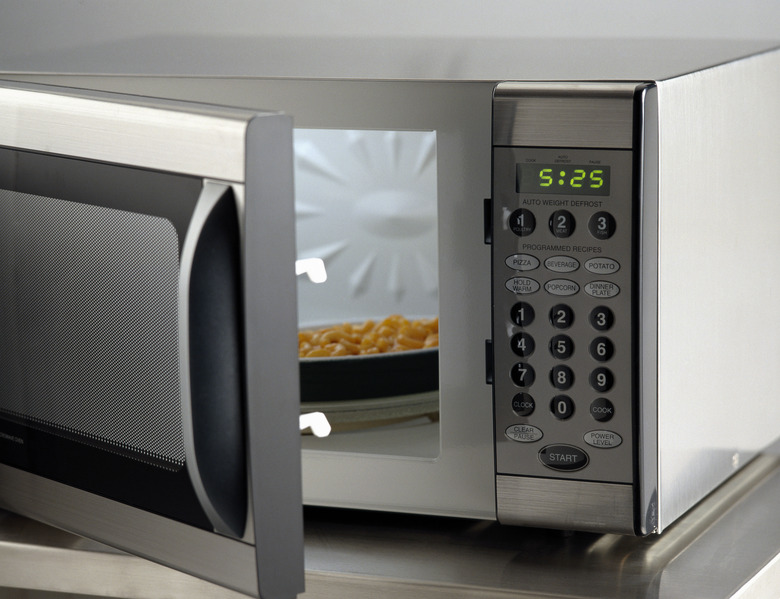How To Replace A Microwave Fuse
When the microwave oven stares at you blankly but you know it has all the juice it needs to operate at its full potential, it may not be the plug – or the microwave itself – that is the problem. A blown fuse is often why a microwave fails to light up and complete the instructions that are punched into its display face. If you've never heard of a microwave having a fuse, don't be confused. It's a quick fix to help the hardworking microwave get back on its feet.
How to Replace a Fuse
How to Replace a Fuse
First, unplug the appliance. The fuse is more than likely located just inside the cabinet near the cord as it enters the microwave oven casing. Remove the little door and check the fuse. If it looks scorched or rattles obviously, then replace the fuse. Now that a shiny new fuse is firmly fastened in its electrical home, secure the cabinet door.
You may think the job is done – it's not. Microwave oven fuses aren't terribly temperamental. There is more than likely a good reason that the fuse failed to do its simple job. Gather a multi-meter and go to work finding out why the fuse blew. Check the door switch, one of the usual suspects when a microwave goes bad, as well as the capacitor and transformer.
Reasons Why a Fuse Blows
Reasons Why a Fuse Blows
It is small but useful. The ceramic fuse that is the manufacturer's go-to workhorse that is used in microwave ovens protects other components of the unit from fluctuations of power. When it fails, it shuts down all components of the microwave. It's a minor inconvenience for a major reason. When a fuse blows, it does so for safety reasons. When you get a blank display, it's a good time to check the entire small appliance for reasons why the tiny fuse was overworked. You'll save a lot of time and money in replacing the entire microwave if you go over the machine for issues that made the fuse blow.
Microwave Oven Maintenance
Microwave Oven Maintenance
Forgo replacing fuses altogether on your microwave, or at least at a lesser pace, by taking care of the oven on a regular basis. Wipe down the inside of the microwave each time you wipe down your kitchen sink. The odds are they both get around the same amount of wear and tear throughout the day or week. Run a towel around the outside of the oven's door and the inside gasket to ensure the glass door gets a good seal each and every time it is closed. Always use microwave-safe containers and cover the food with either a paper towel, plate or specialized cover made just for microwave ovens.
